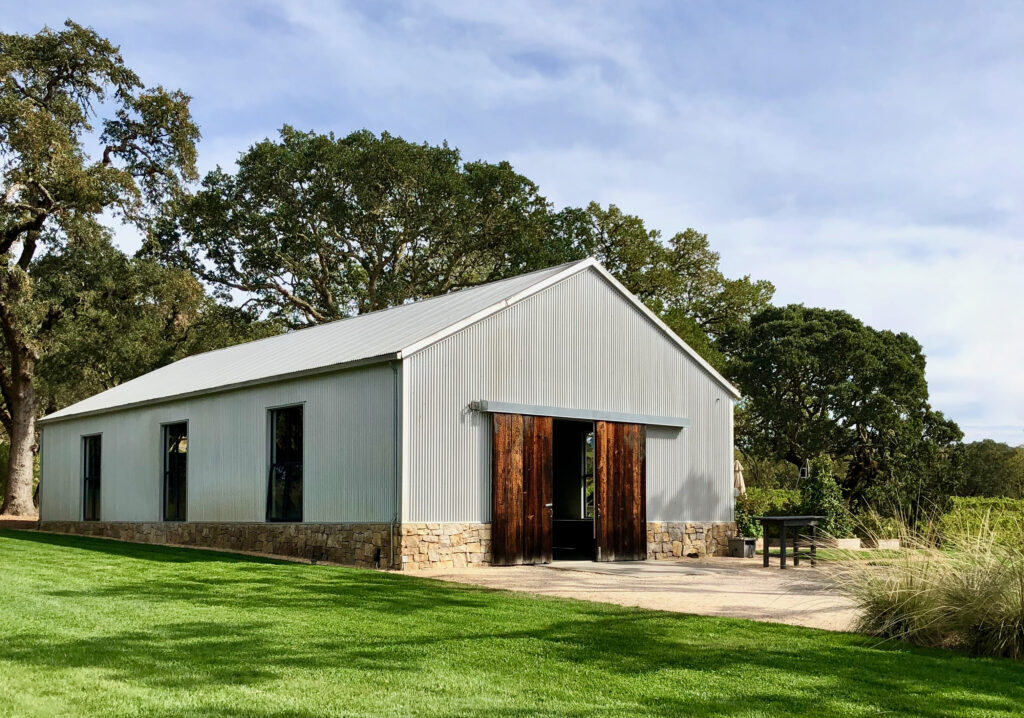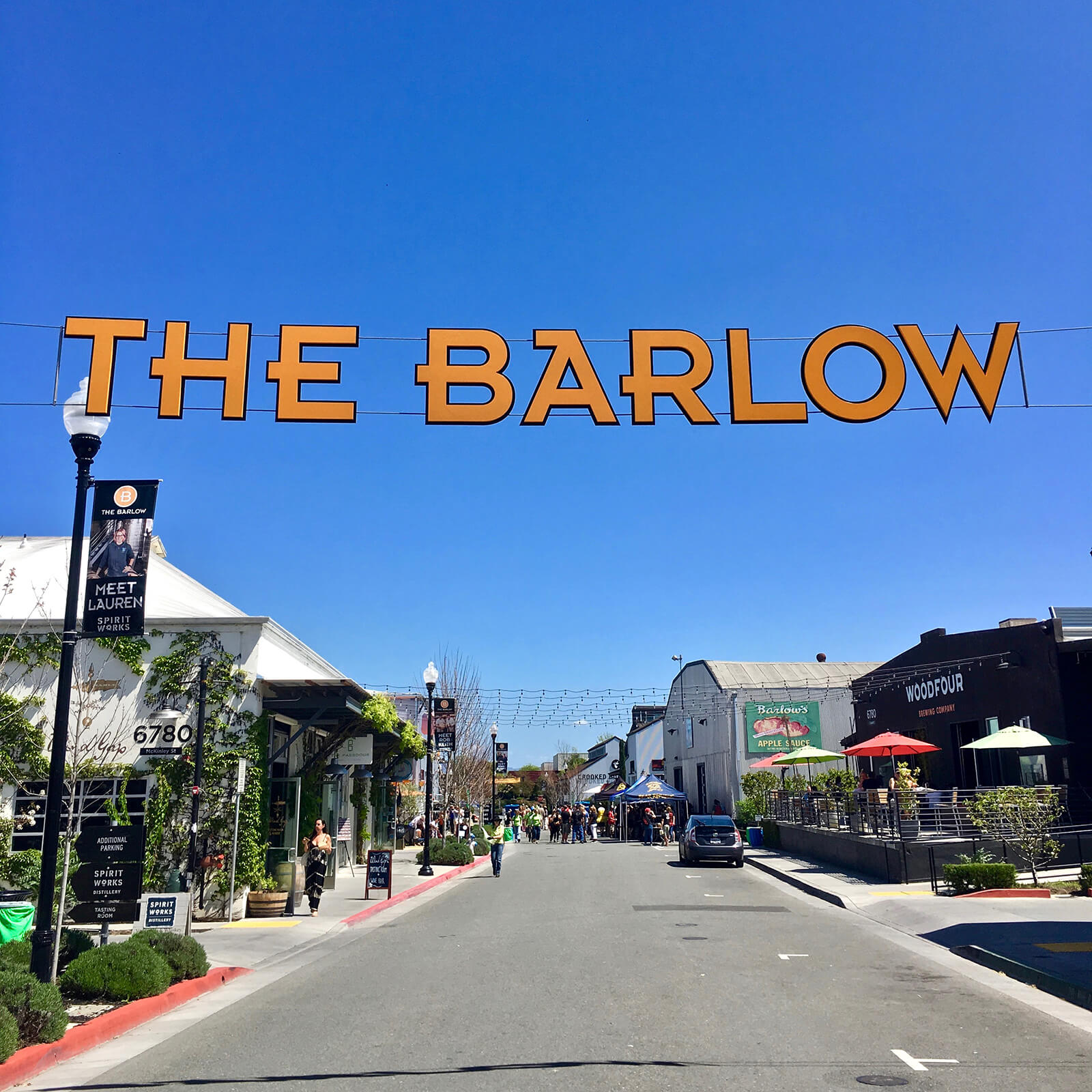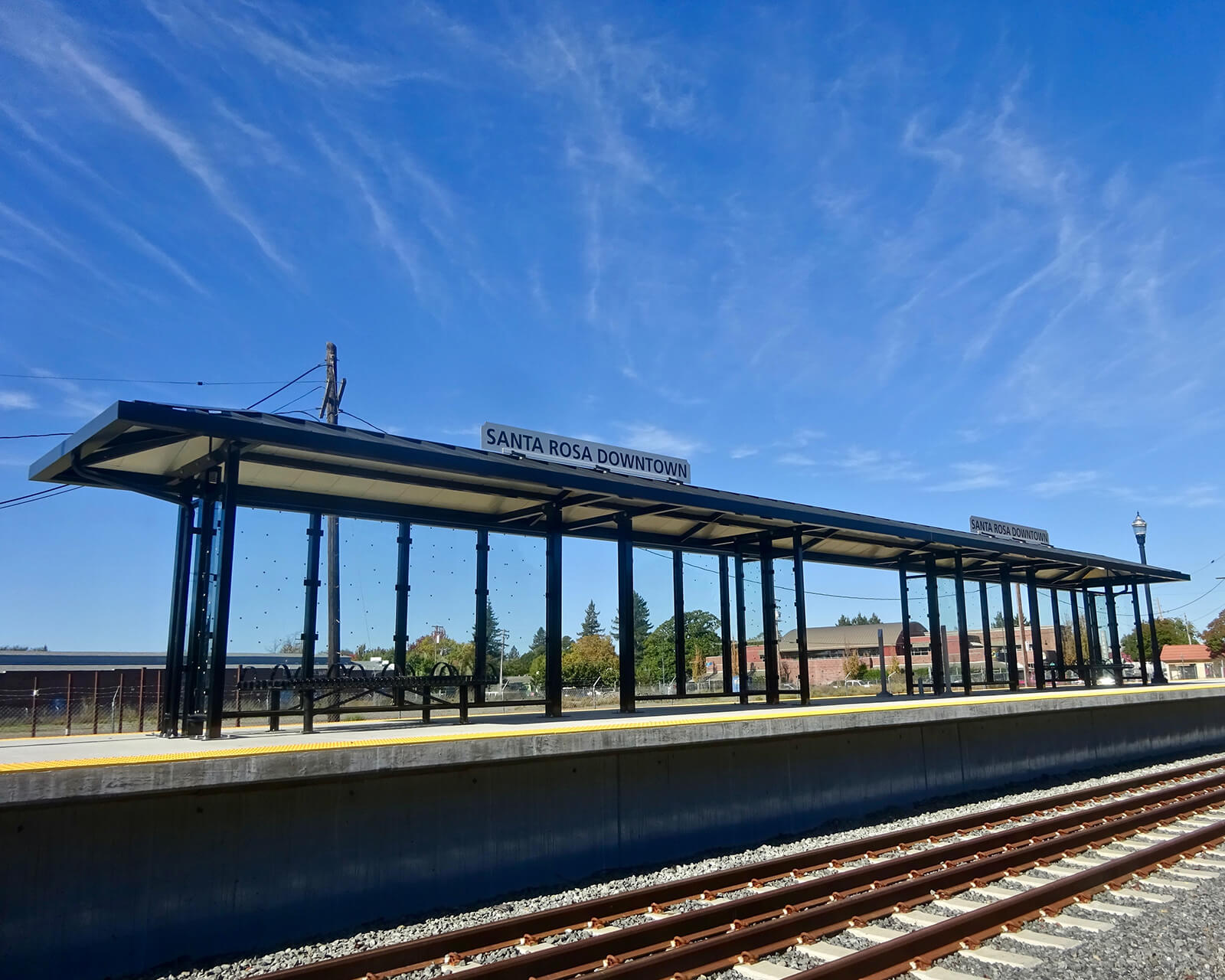Tips and advice for a successful Sonoma County trip.
The birthplace of modern California winemaking lies west of the Napa Valley and north of San Francisco and Marin County. Nearly the size of Rhode Island, Sonoma County contains a few hundred wineries spread throughout 19 appellations, or AVAs (American Viticultural Areas). The high-profile ones include Los Carneros (part of which sprawls into Napa County) and the Alexander, Dry Creek, Russian River and Sonoma valleys. All are worth seeking out, but smaller ones such as Fort Ross–Seaview and Moon Mountain merit investigation, too.
Chardonnay and Pinot Noir are the stars in the county’s southern and western sections; Syrah also thrives here. As you move farther north and east, where the summer days grow warmer, Zinfandel, Cabernet Sauvignon and Italian varietals such as Sangiovese are more in evidence. Sauvignon Blanc stands out among the white-wine grapes.
Vineyard Hikes, Coastal Diversions
You can hike amid vineyards or redwoods in between wine tastings. Or check out the rocky coastline, canoe or kayak the Russian River Valley. Enjoying a spa treatment is another option, as is dining on meals from locally grown, caught or made meats, fish, produce and cheeses. Below are a few key towns and regions where you can experience all these and more.

Healdsburg
A century ago Sonoma County’s hippest town proclaimed itself “The Buckle of the Prune Belt,” but grapes have long since replaced prunes as Healdsburg’s agricultural star. About 100 wineries bear a Healdsburg address—downtown alone has three dozen or so tasting rooms. Fancy shops, restaurants, and hotels abound. Because Healdsburg straddles the relatively cooler Russian River and warmer Dry Creek and Alexander valleys, your options include Sonoma County’s full range of varietals. But if you want to narrow your focus to, say, quality Pinot Noir, that’s possible, too.
Santa Rosa
With a population of more than 185,000, Santa Rosa—the county seat—is by far Sonoma County’s largest city. Well-known Kendall-Jackson Wine Estates is a significant presence here, as is La Crema (the two share the same parent company). Smaller labels include Martinelli (technically in the town of Windsor) and the Zin maven Carol Shelton. Some of the county’s most reasonably priced lodgings do business in Santa Rosa, too.
Geyserville
A mellow town a few miles north of Healdsburg, Geyserville has a small downtown where Highway 128 hooks east into the Alexander Valley. Cab and Zin country, this is a great place to decompress from the hubbub of Healdsburg. Drop by Locals Tasting Room to find out what’s up.
Sonoma Valley
California winemaking got its start in 1857 in the Sonoma Valley town of Sonoma. It was here, less than 2 miles from historic Sonoma Plaza, that Agoston Haraszthy (aka “the Count”), a Hungarian immigrant and entrepreneur, established the Buena Vista winery. Sonoma, the site of the northernmost of the 21 California missions established by Franciscan friars in the 18th and 19th centuries, makes an excellent day trip from San Francisco.
If Pinot Noir is your passion, you could spend a day in Sonoma tasting wines solely from that grape. Chardonnay, especially from Los Carneros, whose Sonoma County wineries all have a Sonoma address, is also a staple. Wineries farther north in the small towns of Glen Ellen and Kenwood produce Chardonnay and Pinot as well. With the warmer temperatures in these towns, Zinfandel, some of it from vines more than 100 years old, also does well. So, too, do Merlot, Cabernet Sauvignon, and other varietals.

West County and the Sonoma Coast
The Russian River winds west from Healdsburg past or near the towns of Sebastopol, Forestville, Guerneville, Freestone, and Occidental. All have wineries, restaurants, and lodgings worth checking out. Chardonnay and Pinot Noir predominate in the Russian River Valley and Sonoma Coast appellations, with soil and climate accounting for the distinct variations.
You could easily devote a day to Sebastopol, sampling Iron Horse sparkling wines or Pinot Noirs at nearby Lynmar Estate. At The Barlow food, wine, and art complex, you can sample beer, wine, and spirits by local producers. The farther west you go in Sonoma County, the cooler it gets, especially nights and mornings.
On a hot summer day, hiking amid the tall trees of Armstrong Woods State Natural Reserve recalibrates the internal thermostat. Still farther west, high above the Pacific near Fort Ross, an old Russian outpost, many wineries produce austere Pinot Noirs (compared to the Russian River Valley’s). These wines recall Europe’s best but with a California spin.
How to Get Here and Get Around
By Air
Charles M. Schulz – Sonoma County Airport (STS), in Santa Rosa about 2 miles west of U.S. 101 and 8 miles northwest of downtown Santa Rosa, is served by Alaska and a few other airlines. In 2024, Avelo announced it was making STS one of its West Coast hubs. Some flights are seasonal. Among the reasons to consider flying here: arriving and renting a car is a breeze, as is going through security on the way home, and on Alaska you can check up to a case of wine for free.
San Francisco International Airport (SFO), served by many carriers, is about 66 miles south of Santa Rosa and 82 miles south of Healdsburg off U.S. 101; the airport is 58 miles south of the town of Sonoma (reached by heading east on Highway 37 and north on Highway 121 to Highway 12 also north. In normal traffic, including on surface streets in San Francisco, it takes 90 minutes to drive from the airport to Santa Rosa, 100 minutes to Healdsburg, and 75 or 80 minutes to Sonoma.
Oakland International Airport (OAK), served by many carriers, is about 58 miles southeast of the middle of the town of Sonoma via interstate highways 880 and 580, the Richmond–San Rafael Bridge, U.S. 101, and state highways 37, 121, and 12. To get to Santa Rosa, which is 67 miles from the airport, and Healdsburg, which is 83 miles north, stay on U.S. 101. The drive to Sonoma takes about 80 minutes, Santa Rosa about 90 minutes, and Healdsburg about 100 minutes.
Airport Transfers
Car and ride hailing: Uber and Lyft operate out of STS, SFO, and OAK. Zipcar vehicles can be picked up at SFO and OAK.
Private limos: Pure Luxury Transportation provides car and SUV service from SFO and OAK. Perata Luxury Car Services provides similar service from those airports and STS.
Shuttle bus: Groome Transportation, formerly Sonoma County Airport Express, will get you from SFO or OAK to one of four stops in Sonoma County, all just off or fairly close to U.S. 101. The driver will call ahead for a cab if you’d like, or you can call Uber or Lyft. The cost for one or two people is less than what you’d pay for ride hailing or a private limo.
Public transit: Though possible, taking public transit isn’t a practical way of getting from SFO or OAK to Sonoma, especially with luggage. Taking a public bus or commuter train (see SMART, below) is possible from STS to Santa Rosa and a few nearby towns, though few travelers select this option.
By Car
U.S. 101 is the main route into Sonoma County from the north (Mendocino County) and south (Marin County and San Francisco). In normal traffic, Sonoma County’s southern border is a drive of less than half an hour from the Golden Gate Bridge.
U.S. 101 passes through Santa Rosa, Healdsburg, and Geyserville. Highway 12 passes through most of the Sonoma Valley, from the town of Sonoma in the south to Kenwood in the north before continuing west into Santa Rosa. From Santa Rosa, Highway 12 heads west into Sebastopol, where heading west from Main Street the road’s name changes to Bodega Avenue and eventually the Bodega Highway, edging Freestone on its way to the coast and the town of Bodega Bay. You can also get to Sebastopol by taking Highway 116 west from U.S. 101.
Take River Road west from U.S. 101 to get to Forestville, Guerneville, and other West County towns. River Road dead-ends on the coast into Highway 1, which you can take north to Fort Ross or south to Bodega Bay.
Ride hailing: Uber and Lyft operate in the much of the county, including Santa Rosa, Healdsburg, and Sonoma. The farther west you go, the less chance you’ll find service from either company.

By Bus and Train
Sonoma County Transit buses serve the entire county. There’s a trip planner on the home page of the company’s website. The primary public transportation hub is the Santa Rosa Transit Mall, in downtown Santa Rosa at 2nd and B streets. Out-of-county buses from San Francisco, Marin and Mendocino counties stop here, and the mall is served by Sonoma County Transit and city of Santa Rosa buses.
SMART (Sonoma-Marin Area Rail Transit) commuter trains serve the historic train depot four blocks west at 4th and Wilson streets. Tourists generally don’t use the trains, which stop in Petaluma, Santa Rosa, and a few other Sonoma County cities, though that may change if a proposed Healdsburg extension becomes a reality.
Tip: If you’re in San Francisco but carless and want to visit the Wine Country, you can take a ferry to Larkspur in Marin County, where you can pick up the SMART train and head north into Sonoma County. From downtown Santa Rosa or that city’s airport, it’s a short Uber or Lyft ride into Healdsburg, where a few dozen tasting rooms are within walking distance or a short ride away.
This story first appeared online in 2017; it was fact-checked and updated in 2023.

Pingback: What’s New in Healdsburg This Winter – Daniel Mangin
Pingback: Hamel Family Wines – Daniel Mangin
Pingback: Sonoma Plaza – Daniel Mangin
Pingback: Sonoma Restaurants Cheat Sheet – Daniel Mangin
Pingback: Patz & Hall – Daniel Mangin
Pingback: Healdsburg Restaurants Cheat Sheet – Daniel Mangin